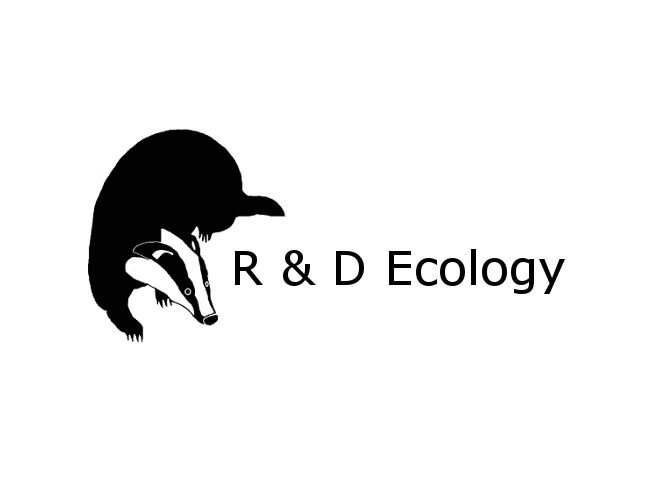Ecological Impact Assessment (EcIA)
What is an EcIA?
- Determine the main habitat types within and immediately adjacent to the Application Site,
- and assess their potential to support protected/notable species;
- Identify any actual or potential habitat and species constraints pertinent to the Proposed
- Development;
- Assess the potential impacts of the Proposed Development during each of the phases of development; and
- Recommend how the Proposed Development can avoid, mitigate and, if necessary, compensate, and/or enhance the Application Site to provide net benefits for biodiversity.
When can an EcIA take place?
An EcIA should be undertaken as early as possible in the planning process to prevent unnecessary delays to your project. EcIAs can be undertaken all year round. However, additional survey requirement vary between sites, with many surveys subject to seasonal constraints.
Please see our Survey Calendar for details of survey seasons.
About our EcIA Service
Scoping is the first step of an EcIA, which includes gathering initial data, to inform the scope or content of the full EcIA.
During the scoping exercise, a desk based assessment is undertaken. The desk based assessment we collate data on statutory environmental designated sites (which are legally protected) including Special Protection Areas (SPAs), Special Areas of Conservation (SACs), Sites of Special Scientific Interest (SSSIs) etc. Local Development Plans are also searched for details on non-statutory environmental designated sites. A GIS map is then produced detailing the location of each site within the relevant study areas from the Application Site.
We also contact the local biological records centre (for areas where these centres are present) to obtain details of locally designated sites for wildlife and existing records of protected and priority species in the vicinity of the Application Site
An extended phase 1 habitat survey is undertaken to identify the broad habitats present within the survey area, and evaluates the sites potential to support protected and notable species/habitats.
Upon completion of the desk based assessment and extended phase 1 habitat survey, additional detailed ecology surveys will be recommended and undertaken where appropriate. R & D Ecology will consult with the Statutory Bodies and other relevant organisations, where appropriate.
An evaluation of nature conservation value, and impact assessment is then undertaken, with appropriate avoidance, mitigation and compensation measures outlined as required.
R & D Ecology undertake EcIAs in accordance with best practice guidance set by the Chartered Institute of Ecology and Environmental Management:
https://cieem.net/resource/guidelines-for-ecological-impact-assessment-ecia/
Our surveyors are all members of CIEEM.
Arrange an EcIA today
Please feel free to get in touch to discuss your project requirements
